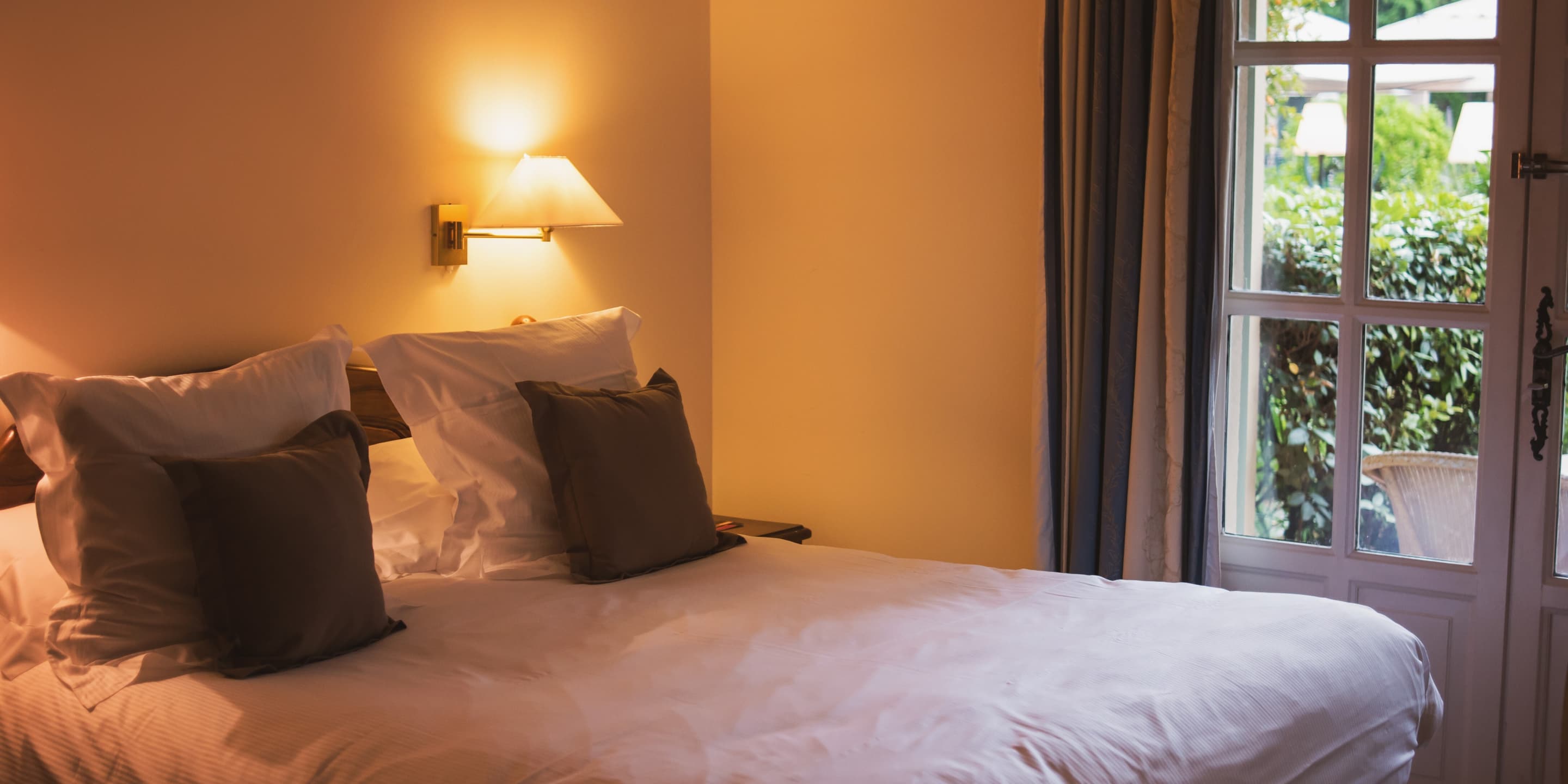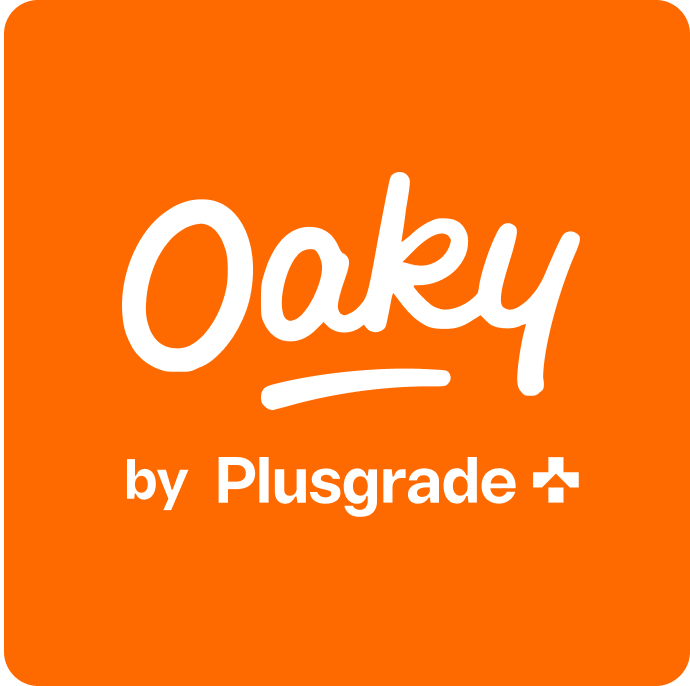What is dynamic hotel pricing and why is it important?
Oaky
•

Using a dynamic hotel pricing strategy can give you peace of mind, knowing that optimal pricing is used at all times. That said, it’s about more than just money. It will also enable your hotel to improve strategic planning and meet consumer demands better.
Sounds like more work? Wrong. With the right revenue management software, your revenue team will also be onboard.
Seasonal room rates are so last season in the hotel industry. Here’s why, what you need to implement dynamic pricing, and how you can maximise your new dynamic prices even further.
What is dynamic hotel pricing?
Dynamic hotel pricing is a pricing strategy that tracks changes in travel demand and adjusts the room rates accordingly. It’s a way of automating revenue management at a hotel by charging higher rates when demand increases and decreasing the rates when demand slows down.
How does a dynamic pricing tool (a hotel revenue management system) work?
A dynamic pricing tool is a powerful solution that suggests prices for hotel rooms based on a set of rules and parameters. Usually, these tools use algorithms, machine learning, and artificial intelligence (AI) to adjust room rates. These adjustments will be in real time based on historical data, demand, market trends and competitor pricing. The result — more accurate prices for various room types.
Dynamic pricing tools (hotel revenue management systems) are usually connected to a property management system (PMS) to update the rates accurately. This way, the revenue management system (RMS) will communicate the new rates directly to the PMS, eliminating the need to enter the data manually into these two systems.
Two-way integration between your RMS and PMS is strongly recommended. Aside from being a time-consuming exercise, manual data entry also increases the chances of human error. It also allows the RMS to access data that can help it to make predictions.
Why is dynamic pricing important in hotels?
Dynamic pricing is used in many industries. In addition to the hotel industry, companies like Uber, Airbnb and e-commerce giants like Amazon have been using these tools to maximise their profitability for quite a long time already.
This widespread adoption means that consumers across the globe are also used to dynamic pricing. From buying tickets to a local event to booking flight tickets for an international trip, we encounter it nearly everywhere.
If a hotel doesn’t use dynamic pricing software, it means that it leaves money on the table.
Another advantage of using dynamic pricing is that it removes the guesswork from setting room prices. Hotel revenue managers can rely on data, instead of emotion, to set dynamic rates.
Without this strategy, a revenue manager might fall into the trap of using lower prices to keep guests happy when, in fact, the average room rates are much higher. The opposite—setting prices too high just to grow revenue quickly—can also be avoided.

What are the pros and cons of using dynamic pricing in hotels?
Pros of using dynamic hotel pricing
Here’s a more detailed look at the advantages of going the dynamic pricing route over settling for static pricing:
1. Boost room sales and drive profit
Increased profitability is one of the biggest benefits of dynamic pricing. With this pricing strategy, you’ll be able to charge more when market demand can support it, helping you to maximise your room rates.
For example, external factors, like events and holidays, can increase the perceived value of your hotel rooms. Guests will be only too happy to find nearby accommodation for an exciting annual event or summer holiday, helping you to drive more profit.
2. Cut down on manual work
Without dynamic pricing software in your tech stack, hotel revenue managers will have to gather all the data manually. This alone is a laborious process. Then, you will still need to make sense of all this data to set competitive rates.
The time that your revenue team saves by entrusting room pricing to dynamic pricing tools can be used for other key revenue-generating activities. They can, for example, test out new things like upselling or identify other new revenue streams.
3. Ensure all-year-round occupancy
Another big benefit is that it will help to increase occupancy throughout the year. When demand drops, it will automatically adjust your pricing as an incentive to book a room. After all, a discounted rate remains one of the best ways to attract a new reservation.
4. Understand your customer behaviour better
As dynamic pricing is informed by market demand, it also gives you a window into market conditions.
Studying these market trends will give you a better understanding of your target audience. You can, for example, track the booking patterns of different market segments, allowing you to tailor your amenities and marketing campaigns accordingly.
Let’s say you notice that group bookings are popular among Gen Z travellers in July. Aside from helping you to prepare better for these demand forecasts, you can also, for example, partner with tour guides and offer optimised rates on packages during this month.
5. Monitor the pricing strategies of your competitors
Aside from monitoring high demand, hotel dynamic pricing can also give you more insight into what your competitors are charging. Your minimum and maximum rates must be in line with what other hotels in your niche are charging.
If it’s significantly higher, you’ll have many unsold rooms. If it’s much lower, you might enjoy maximum occupancy, but at the expense of your revenue.
Significant differences can also make your target audience question your amenities or service. For example, if your prices are much lower, they could think it’s too good to be true instead of viewing it as a good deal.
However, with a dynamic pricing strategy, you’ll know that your rates will remain competitive. This will help you to find that sweet spot between occupancy and revenue.
Cons of using dynamic pricing
No pricing strategy is perfect, though. While it’s recommended that you implement dynamic pricing, here are a couple of drawbacks you’ll need to keep in mind.
1. Your prices might look inconsistent to prospective guests
Price-sensitive customers typically keep close tabs on your room prices while they wait for a good deal. If they notice that your rates change often, they could think that your hotel is either only concerned about profit or that its systems are flawed.
2. Technical issues
There are many steps in the process to ensure that availability and pricing are at all times up to date. If you rely on one-way integration between your PMS and RMS, or these systems don’t integrate at all and you rely on manual updates, your rates can be inaccurate.
However, with a well-thought-out setup, technical issues will rarely occur. This is why it’s crucial to choose an established RMS with a range of stable integrations.
3. Being focused on only one KPI
The occupancy rate is just one of many KPIs that a hotel must track. While it’s key that you find ways to boost occupancy, you must also keep sight of the total revenue per available room (TRevPAR).
For example, if a hotel is too focused on improving the current occupancy, it might lose out on potential revenue by trying to fill up all the rooms at lower rates.
How can you maximise your dynamic pricing strategy?
Upselling can be used very effectively in conjunction with dynamic pricing strategies. From check-in to late checkout, you can present upselling deals across the entire guest journey.
One of the easiest ways is to apply dynamic pricing to your room upgrades. You can either align them with your current pricing strategy or you can set up a completely new strategy for room upgrades.
With the latter approach, you can generate an even bigger return on investment. In fact, our data reveals that dynamically priced room upgrade offerings can lead to a 35% increase in upgrade conversion rate and revenue. This way, you can increase room revenue without creating any extra work for your team.
In addition to room upgrades, you can also apply dynamic pricing to specific deals like early check-in or late check-out. For example, one of our hotels sold a dynamically priced early check-in deal for €170 while its original price was €88. That’s nearly double the revenue.
Would you like to maximise your revenue management strategy with automated and personalised upselling? Book a demo with Oaky and take the first step towards setting yourself up for optimising your revenue further.


